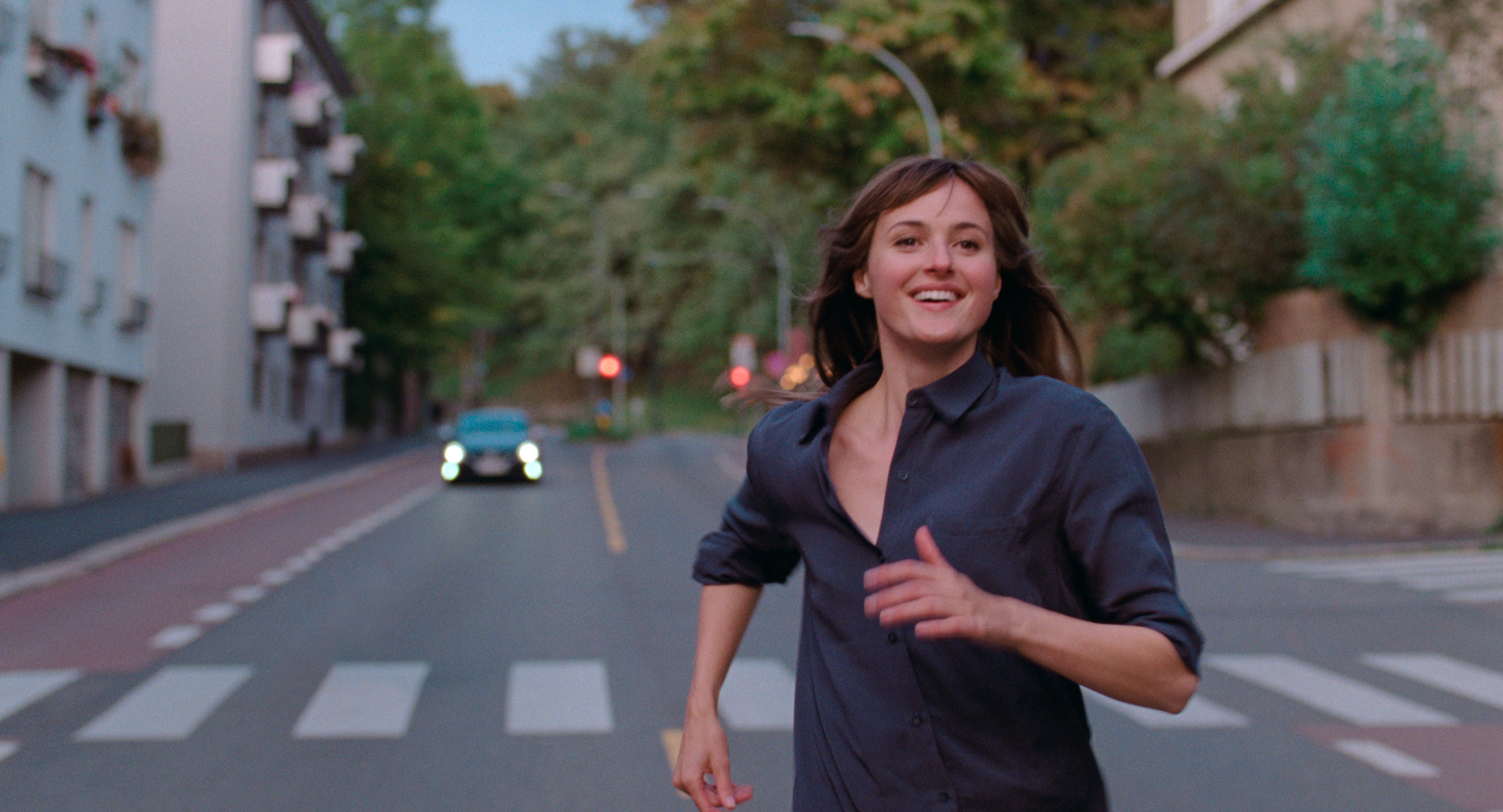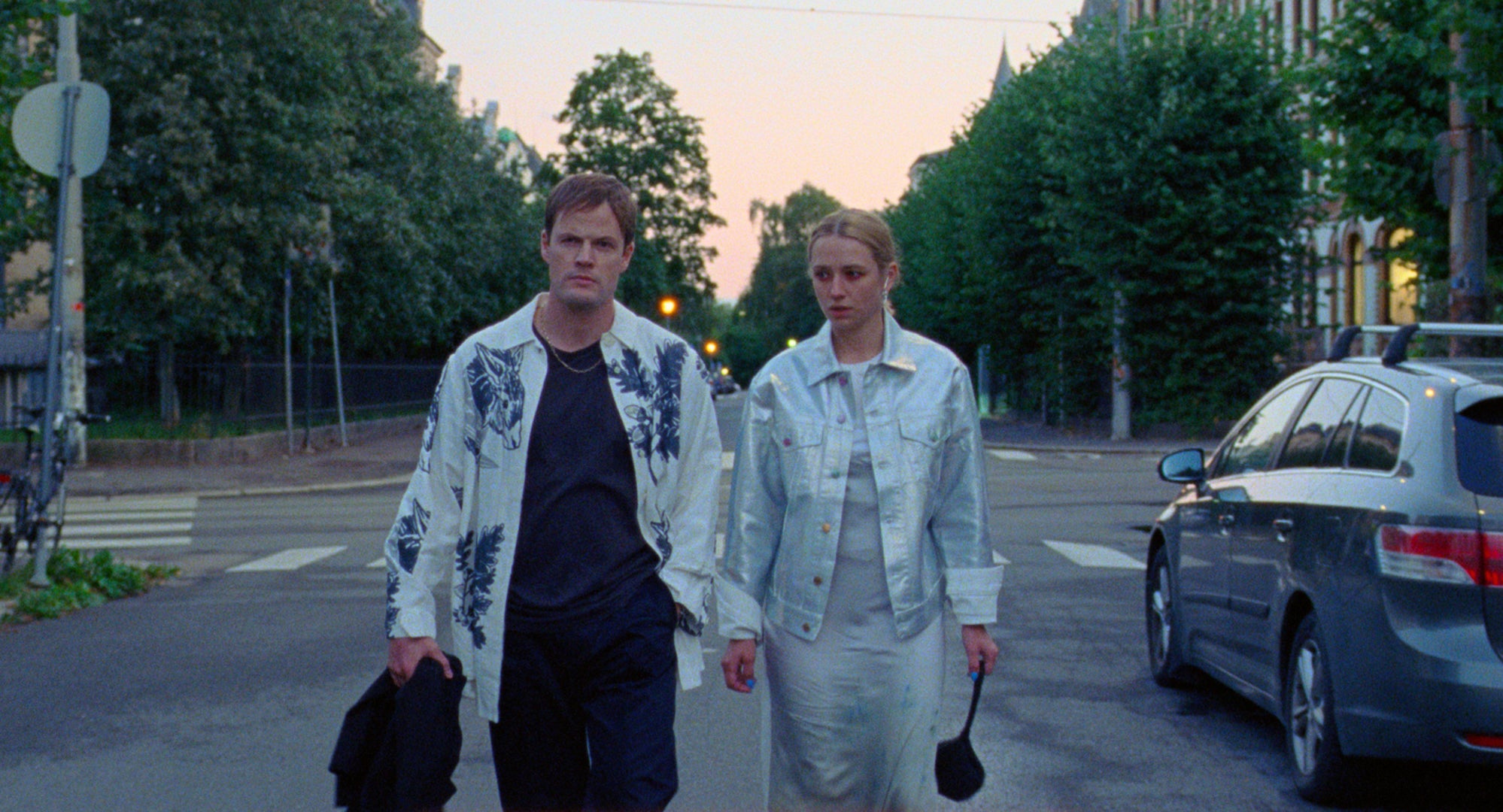
Our appetite for the anti-hero has always been an abiding feature of the cultural landscape. Think of Tony Soprano. Walter White. Even Joaquin Phoenix’s The Joker. All characters that we root for, despite the fact that their behaviour is often morally dubious at best, and downright sociopathic at worst.
The unlikable female character onscreen, meanwhile, is still viewed with an aura of revelation. The trend of finally allowing women to join the boys club of bad behaviour has led to the modern canon of “anti-heroines”, from Killing Eve’s Villanelle, to Promising Young Woman’s Cassie to Russian Doll’s Nadia to Fleabag.
Unlike their male counterparts, who are usually more heinous perpetrators of violence or criminal activity, the label of “unlikable” is hilariously slapped on a female character for exploits that range from the innocuous (like sleeping around) to the bloodthirsty.
Another film that recently joined the emerging “anti-heroine” genre is Joachim Trier’s Norwegian-language film from last year The Worst Person in the World, a smash hit with a title that nodded knowingly to the trope. Julie, played winningly by Renate Reinsve, jumps from relationship to relationship – and, with the same impulsive fervour, abandons whatever career goal or creative project she undertakes. She’s messy and complex and reckless with hearts – including her own – but ultimately is a charming, fully fleshed out human being. And in its wake comes Sick of Myself, out this month. Fellow Norwegian Kristoffer Borgli’s film premiered to a heady buzz earlier this year in the Un Certain Regard at Cannes, and has been one of the most surprisingly hyped-about films at London Film Festival. Comparisons to Trier’s film are already being made. In the footsteps of Reinsve’s character arrives Sick of Myself’s protagonist Signe (played by Kristine Kujath Thorp) like an agent of chaos. She’s a character that could easily win the “Worst Person” superlative in a heartbeat; if Julie was chaotic-good, then Signe is chaotic-evil.
When we meet Signe, she’s just endured a traumatic event at her mediocre cafe job. In a shocking entrée into Borgli’s brand of body-horror, a woman is bitten by a dog and literally splatters all over the cafe and onto Signe’s apron and face. It’s this that makes her decide that something has to be done to disrupt the bourgeois ennui of her life, filled with brunches and parties where she plays second fiddle to her egotistical artist boyfriend.
Because, actually, why work hard at something that brings you the same importance and attention that success does – when you can just take a pill for it? With the help of a few black-market Russian pills with some grotesque side effects, she commands the kind of captive audience that her boyfriend could only dream of. After she reads a story online about women who experience accidental (and grisly) facial scarring from an anxiety pill, a lightbulb moment occurs: here is her chance to revel in a narcissism that can’t be questioned. She orders and starts taking them herself, deliberately transforming herself into a version of the monstrous female. Suddenly, covered in red scars, then later with a bandaged face, she’s the star of the room. Her boyfriend may be the artist, but her dogged dedication to destroying herself borders on performance art in its own right.

The parallels drawn between Sick of Myself and Worst Person are unsurprising, given that both films come from Norway, the land of cold fjords and long dark days, and both carry around the gloom of their cultural heritage in their blood. Norwegian art has never been afraid to deal with life’s darkness, from Edvard Munch’s anguished artworks to the existential emptiness at the heart of Knut Hamsun’s novels and Karl Ove Knausgard’s work of turmoiled autofiction. These two films continue with this preoccupation about the anxieties and angst of modern life: it’s in their DNA.
The films also explore similar themes: grasping for identity and authenticity as a young person in the world; the gender politics involved when being the girlfriend of a male artist; competitive jealousy in romantic relationships and the overwhelming paralysis of living in a society dominated by click-bait news headlines, self-branding and social media likes. And Signe and Julie are almost interchangeable on paper, both of them Scandinavian, young, beautiful and privileged, holding the meaningless job of the bakery and the bookstore respectively. They each have an older artist boyfriend that they live vicariously through and share spaciously hip apartments with.
And the film’s directors, Trier and Borgli, share surface-level similarities too: both hail from Norway, and emerged from the indie world of the Oslo skateboarding scene. But the similarities end there. Borgli’s take on privileged millennial Norwegians is much more vicious than Trier’s earnest romanticism. Where Trier is a humanist, Borgli is a sadist. Where Worst Person employs earnest emotion, Sick of Myself is a grotesque black comedy – or as Borgli puts it, “an unromantic comedy”.

Signe’s face isn’t the only thing marked by the side effects of the illegal drugs. The illness is a short cut to the outcome of the similar search for identity that Julie undertakes in Worst Person: Signe’s self-imposed disfigurement has given her purpose. “Wounds promise authenticity and profundity, They summon sympathy”, Leslie Jamison wrote in her opus on female pain, something which Signe implicitly understands. Instead of the struggle of creating an art work or finding a career path or trying to connect with new people or writing a book, she’s handed fame, and meaning in her life, through her illness. She’s instantly granted interviews and “inclusive” modelling gigs. As Borgli himself has said, “she’s not given a break”, but she also hasn’t worked for one.
In fact, Signe’s antics – pill-popping, bodily mutilation, rejecting the currency of beauty and youth and the upkeep that comes with it – can be seen as an act of punk rebellion, of opting-out of feminine expectations altogether. In our age of wellness culture and 10-step skincare routines, Signe isn’t just deciding not to care; she’s gleefully defiant. Instead of using her body to seduce, she’s using it to provoke and confront. When men accrue scars on their face, it’s an episode of Jackass. When women do, it’s a horror movie. Signe isn’t just transgressing the standards of beauty given to women, but, in her consistent manipulation, narcissism and scheming, she’s a wickedly shameless embodiment of what the female “anti-heroine” should be, refusing to wilt into the corner while espousing the double standards many women feel obliged to live by.







